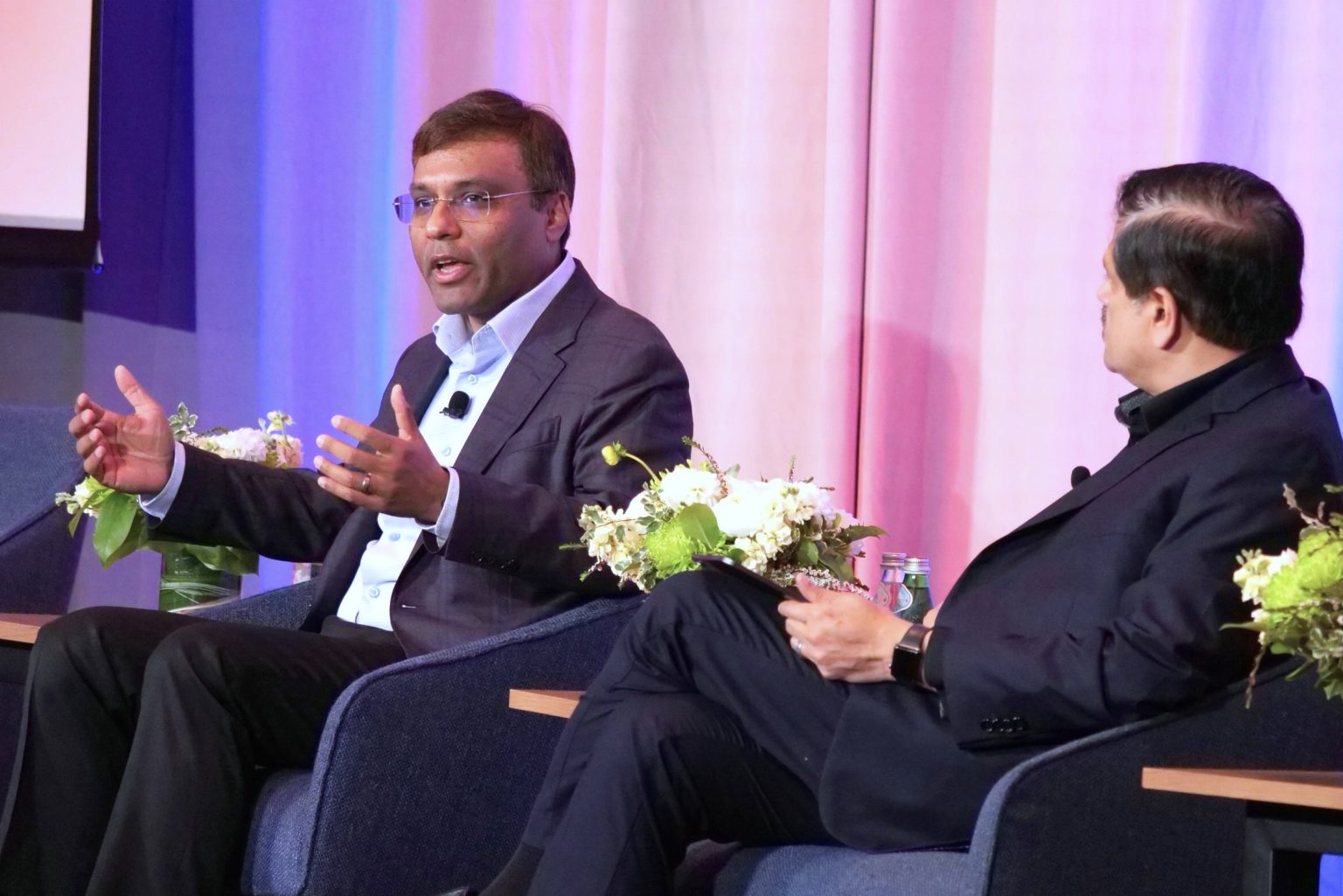Amazon’s AI Strategy: Using Internal Applications as Training Grounds for General Intelligence
In a revealing conversation at the Madrona IA Summit in Seattle, Rohit Prasad, Amazon’s senior vice president and head scientist for artificial general intelligence, outlined the company’s innovative approach to developing advanced AI systems. Speaking with Madrona’s S. “Soma” Somasegar, Prasad explained how Amazon is leveraging its vast ecosystem of internal services and applications as “reinforcement learning gyms” to train next-generation AI models. This strategy represents a significant shift in how Amazon approaches artificial intelligence development, moving beyond traditional methods toward creating systems capable of tackling new tasks with minimal human guidance. “I strongly believe that the way we get the learnings fast is by having this model learn in real-world environments with the applications that are built across Amazon,” Prasad emphasized during the summit’s opening session.
This approach mirrors Amazon’s earlier business strategy that transformed its internal infrastructure expertise into AWS, now the market-leading cloud platform. By using its own operations as testing grounds for AI development, Amazon is following a proven playbook while highlighting a crucial advantage that tech giants possess in the AI race. Companies like Amazon, Microsoft, and Google can leverage not just their technological infrastructure but also their diverse business operations to train and refine AI systems in real-world scenarios. Prasad, who previously led Amazon’s Alexa team before taking on this broader role in 2023, now reports directly to CEO Andy Jassy as part of Amazon’s accelerated push to advance in generative AI. His new position reflects the company’s determination to catch up with competitors in this rapidly evolving field, with a particular focus on developing proprietary technology including the company’s in-house Nova models.
At the heart of Amazon’s new AI strategy is what Prasad describes as a “model factory” approach, which represents a fundamental shift from the traditional waterfall-style process of building one model at a time. Instead, Amazon is creating an environment designed to “release a lot of models at a fast cadence,” allowing for rapid iteration and improvement. This approach requires making strategic trade-offs for each release, carefully deciding which capabilities—whether the ability to call software tools or excel at software engineering—should be prioritized for particular launch timelines. By embracing this more agile development process, Amazon aims to accelerate the pace of innovation in its AI systems, responding more quickly to emerging challenges and opportunities in the field.
The evolution from conversational AI to autonomous systems emerged as a central theme in Prasad’s discussion. “We are now moving from chatbots that just tell you things to agents that can actually do things,” he explained, highlighting a transformative shift in artificial intelligence applications. This new era of “agentic AI” demands models capable of breaking down high-level tasks, integrating diverse knowledge sources, and executing actions reliably. As an example of this approach, Prasad pointed to Amazon’s Nova Act model and toolkit, which enables the creation of autonomous agents that can operate within web browsers. These agents represent a significant advancement beyond traditional AI assistants, offering the potential to automate complex workflows and perform tasks with greater independence and effectiveness.
Prasad also emphasized the value of applying AI to internal productivity challenges, particularly for what he described as “the muck”—unglamorous but essential work such as automating Java version upgrades. These practical business challenges are driving Amazon’s internal AI adoption, focusing on areas where automation can deliver significant efficiency gains. “I want AI to do the muck for me,” Prasad stated, “not the creative work.” This perspective reflects a nuanced understanding of AI’s role in business operations, positioning it as a tool for handling routine tasks while preserving human involvement in more creative and strategic activities. By focusing on these practical applications, Amazon is building AI systems that address real business needs while simultaneously advancing the technical capabilities of their models.
The insights shared by Prasad provide a window into Amazon’s ambitious vision for artificial intelligence, one that extends far beyond current applications to encompass more general intelligence systems capable of learning and adapting to new tasks with minimal guidance. By treating its internal ecosystem as a training ground for AI development, Amazon is creating a virtuous cycle where practical applications inform technological advancement, which in turn enables new applications. This approach, combined with the company’s “model factory” mindset and focus on agentic AI, positions Amazon to make significant contributions to the field of artificial intelligence while deriving competitive advantages for its diverse business operations. As the company continues to invest in this area under Prasad’s leadership, the lessons learned from these internal experiments may well shape the future of AI not just at Amazon but throughout the technology industry.















